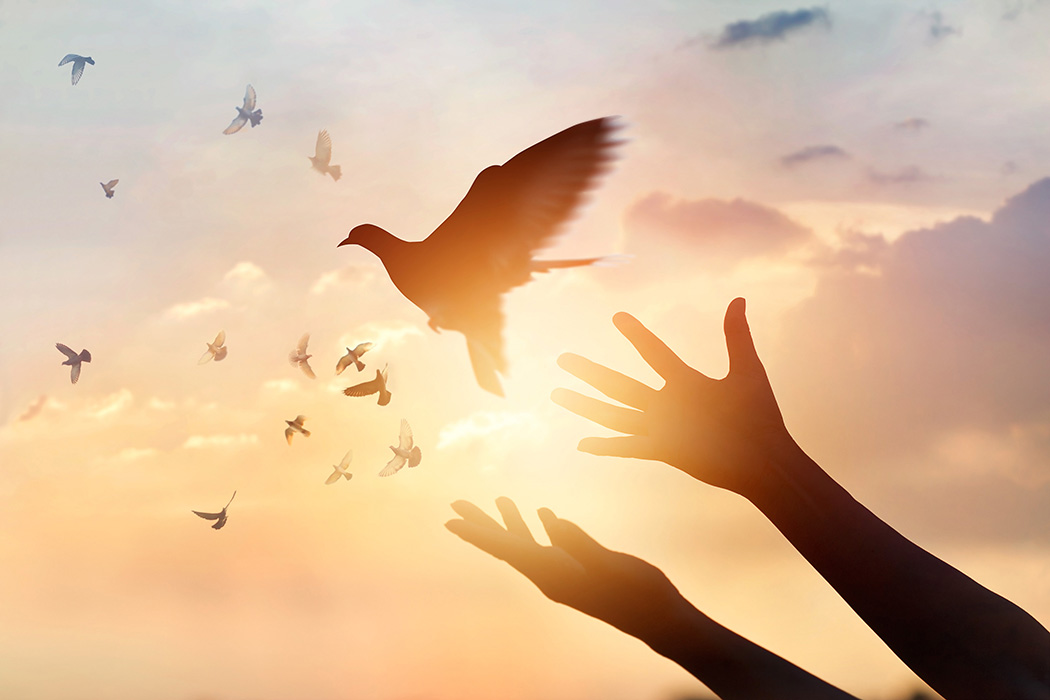IN THE DEPTHS OF THIS WINTER, I took a brief trip out to our lake house in East Texas, just to check on things. It was nighttime, and out there in the country there are no streetlights to speak of and no light pollution as we tend to have in the city.
At one point, I opened the outside doors without turning on either patio lights or the hall light behind me. Suddenly, I found myself face-to-face with a gaping darkness.
I knew there as a doorway, but I couldn’t see it. I knew that in front of me there were trees, a driveway and flowerbeds. But they were also gone. I paused a moment to see if maybe my eyes might adjust and reveal the outlines of the door frames, or some variations in shadow beyond. But nothing changed.
All there was — before me, beside me, behind me — was pure and total darkness.
For a brief moment, it was genuinely terrifying and disorienting. I was fairly sure I knew where I was, and what I should be seeing, but there were no lights at all to mark a path.
Maybe after our long winter, you are feeling disoriented and in the dark. Maybe you have a relative or friend who’s died of COVID-19. Maybe you are still recovering from broken pipes and the PTSD of our winter storm. Maybe you’re frustrated at how the health guidance of local, state and federal officials still seems so different and conflicting.
In the immediate aftermath of the winter storm, many people shared with me that they had a feeling similar to PTSD. Maybe things still feel pretty dark.
If so, remember that the Easter morning story starts in darkness!
“Early on the first day of the week, while it was still dark, Mary Magdalene came to the tomb,” the Gospels tell us.
Mary is the first apostle. She runs to the other disciples and says: “I have seen the Lord.”
For this, the early church granted her the title “Apostola Apostolorum.” Which sounds really fancy, but just means “Apostle to the Apostles.”
Don’t rush past this either: the first “apostle” was a woman.
Whether you see the metaphor of a crucified and risen savior as Ultimate Truth, whether you are a skeptic, spend a moment meditating on the truth of resurrection itself.
Consider how the light always comes back. Consider how all of nature, this time of year, speaks to the truth of life overcoming death.
Trees and flowers scream out the truth that life overcomes death. Even plants we thought were dead after that horrible storm are coming back now. Each beautiful dawn reminds us how light overcomes darkness. That darkness is not the final word.
The best way I know to describe resurrection is to say that new life is “baked in” to the spiritual DNA of the universe.
God takes whatever bad things happen in our world and makes new life out of it. That how “the reality of reality” works.
Death does not happen “so that” there can be new life. Night does not happen “so that” there can be “day.” Death, and night, simply “are.”
But so is light and life.
New life comes out of death just as surely as the sun rises in the East.
That’s the message of Easter.
It’s baked in to the fabric of all existence, not just in this Gospel lesson today.
Christ is Risen. And if you are still feeling as if you’re in a dark place, following this winter, trust that light and life are on the way.





